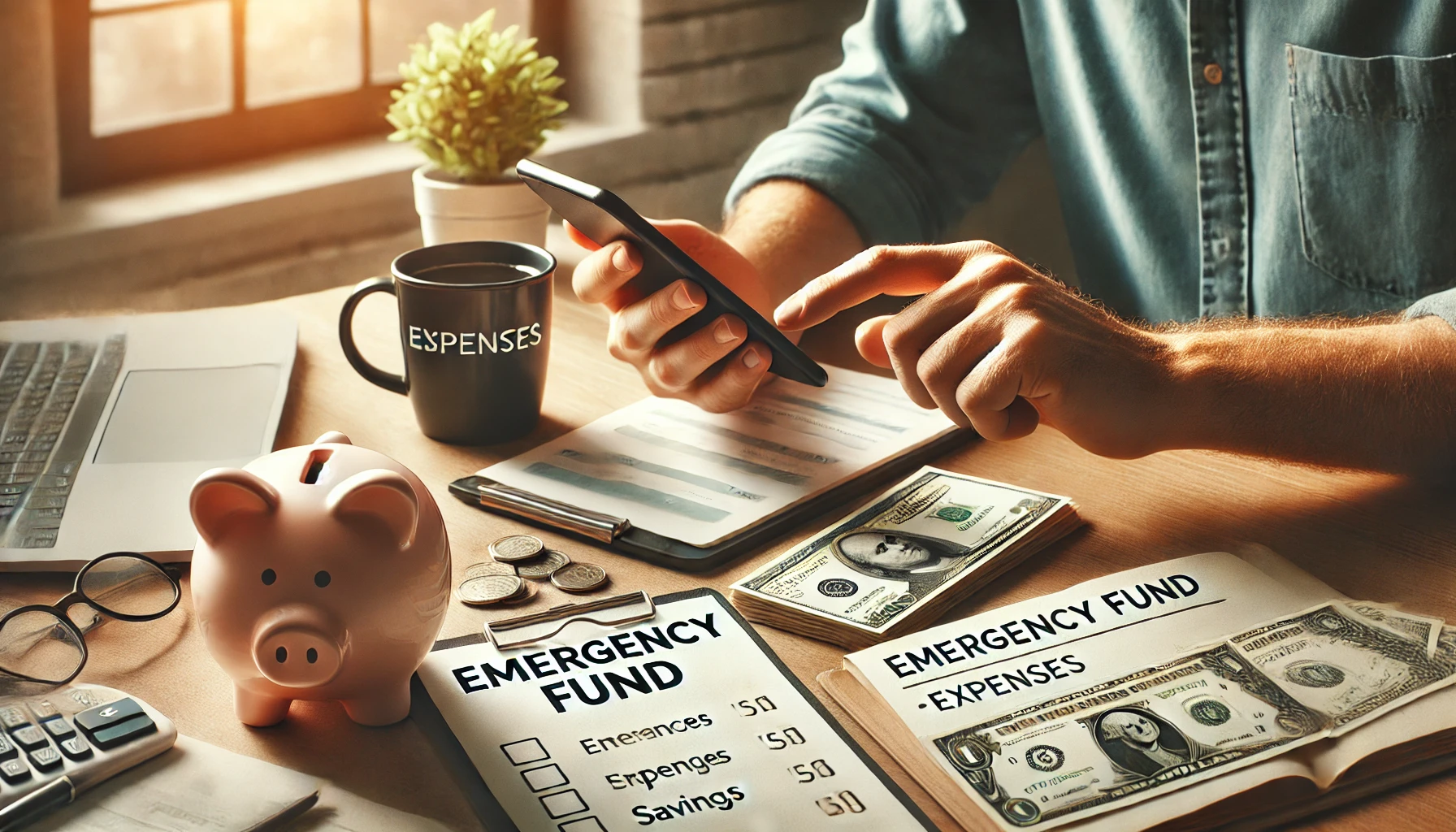An emergency fund is your financial safety net. It protects you from unexpected expenses like medical bills, car repairs, or even job loss—without having to rely on credit cards or loans. But many people either don’t have one or don’t know where to start. In this guide, we’ll break down what an emergency fund is, why it’s essential, and how you can start building one today—even if you’re living paycheck to paycheck.
What Is an Emergency Fund?
An emergency fund is money you set aside specifically for unexpected and urgent expenses. It’s not for vacations, new gadgets, or shopping sprees. Think of it as your financial buffer between you and chaos.
Examples of Emergency Situations:
- Medical emergencies
- Car repairs
- Sudden job loss
- Emergency travel
- Urgent home repairs
This fund is there to prevent debt, reduce stress, and help you maintain stability during tough times.
Why You Need an Emergency Fund
Life is unpredictable. Without a financial cushion, even a small surprise expense can throw your entire budget into chaos.
Key Benefits:
- Peace of mind: Knowing you’re covered reduces anxiety
- Avoiding debt: You won’t need to borrow in emergencies
- Flexibility: Gives you breathing room to make smart decisions under pressure
- Confidence: Encourages better financial planning and discipline
How Much Should You Save?
The amount you need depends on your lifestyle, responsibilities, and income. But here are general recommendations:
Basic Starter Goal:
- Save $500 to $1,000 as quickly as possible
Full Emergency Fund:
- Save 3 to 6 months of essential living expenses
How to Calculate Your Needs:
- Add up monthly costs: rent, utilities, groceries, insurance, transportation, etc.
- Multiply by 3 or 6 months, depending on your risk level (job security, dependents, etc.)
For example, if your monthly essentials are $1,800, aim for $5,400 to $10,800.
Where Should You Keep Your Emergency Fund?
Your emergency fund should be:
- Easily accessible (but not too easy to spend)
- Separate from your main checking account
- Protected from market volatility
Best Options:
- High-yield savings accounts
- Money market accounts
- Traditional savings accounts at your bank
Avoid investing this money in stocks or mutual funds—it’s not for growth, it’s for safety.
How to Start Building an Emergency Fund
1. Open a Dedicated Savings Account
Create a separate account just for your emergency fund. This creates a psychological barrier that helps you avoid dipping into it for non-emergencies.
2. Set a Small Weekly or Monthly Goal
Start with an amount you can realistically save, even if it’s just $10 or $25 per week.
3. Automate Your Savings
Set up automatic transfers from your checking account to your emergency fund right after payday. Treat it like a bill that must be paid.
4. Save Windfalls and Bonuses
Put any unexpected money—like tax refunds, cash gifts, or work bonuses—straight into your emergency fund.
5. Cut Small Expenses
Identify areas where you can trim spending and redirect that money. For example:
- Cancel unused subscriptions
- Cook at home instead of eating out
- Use cashback apps or coupons
Every dollar counts. Saving small amounts consistently adds up.
When Should You Use Your Emergency Fund?
Only use your emergency fund when:
- The expense is unexpected
- The cost is urgent
- There’s no other responsible way to pay for it
NOT for:
- Planned purchases (vacations, clothes, electronics)
- Paying off debt (unless it’s a true emergency)
- Giving or lending to others
Discipline is key. Once you dip into the fund, create a plan to replenish it.
How to Rebuild After Using It
If you use your emergency fund, it’s okay—it served its purpose. The next step is to rebuild it as soon as you can.
Rebuilding Tips:
- Pause other savings temporarily to focus on replenishing
- Use any extra income or budget surpluses
- Keep track of your progress weekly
Make rebuilding part of your regular budget until you’re fully back on track.
The Bottom Line: Your Financial Shield
An emergency fund is like an umbrella—it might not stop the storm, but it keeps you dry. It’s one of the most powerful tools you can have in your financial toolkit.
If you haven’t started yet, don’t wait. Open an account today and commit to saving something—anything. Over time, your emergency fund will grow, and so will your confidence and control over your financial future.
